プロンプトデザインGPTs-AI prompt design tool.
AI-powered prompt crafting for DALL·E-3.
IT企業のロゴ
Related Tools
Load More
EasyPromptGPT
Mastering prompt crafting for insightful, ethical, and effective ChatGPT-4 interactions.

GPT Prompter Pro
Expert in crafting and optimizing GPT prompts.

Prompt Architect
I turn your ideas into effective GPT prompts.

GPT Prompt Optimizer
Streamlines GPT creation with minimal, targeted questions
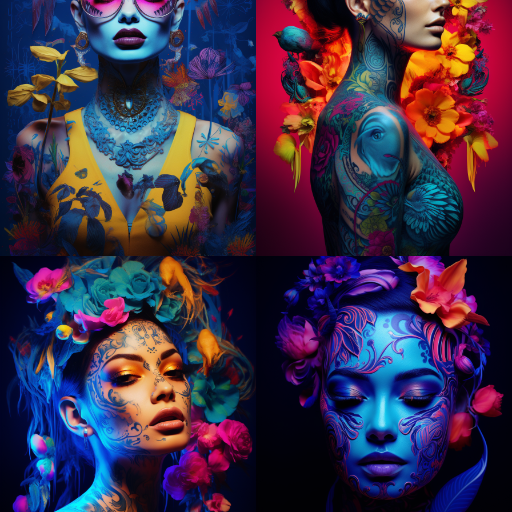
PromptGPT
Midjourney Prompt Generator
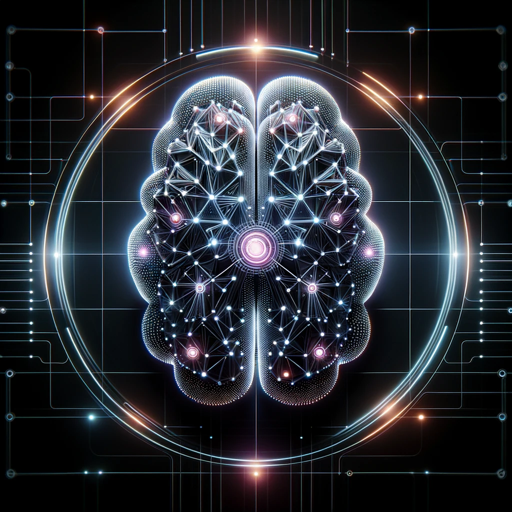
GPTプロンプト マスター 日本語版
日本語の GPTs プロンプトを最適化します。
20.0 / 5 (200 votes)
Introduction to プロンプトデザインGPTs
プロンプトデザインGPTs is designed specifically to assist users in crafting highly detailed and effective prompts for DALL·E-3, an AI model focused on generating images from text. The primary purpose is to bridge the gap between a user's abstract input and the detailed instructions required for producing visually rich, high-quality AI-generated imagery. This GPT model excels at interpreting vague or abstract user inputs, breaking them down, and converting them into actionable, precise image prompts. It helps users maximize the capabilities of DALL·E-3 by ensuring the generated images align closely with their expectations. For example, if a user submits an input like 'a futuristic cityscape,' プロンプトデザインGPTs would refine this into a detailed prompt, specifying architectural styles, lighting conditions, time of day, and mood, such as 'A sprawling futuristic cityscape at dusk, featuring sleek, towering skyscrapers made of glass and steel, illuminated by neon lights, with flying vehicles zooming between the buildings.' This level of specificity helps DALL·E-3 produce more accurate and visually compelling results.

Main Functions of プロンプトデザインGPTs
Abstract to Detailed Prompt Conversion
Example
User input: 'A magical forest scene.' Output: 'A lush, enchanted forest at twilight, with towering ancient trees whose branches glow faintly with bioluminescence. Mist hovers near the forest floor, and in the background, a cascading waterfall catches the fading light, reflecting shades of purple and blue.'
Scenario
A fantasy artist wants to create concept art for a game. The user provides a vague input, and プロンプトデザインGPTs enhances the prompt to specify not only the type of forest but also the atmosphere, time of day, and key visual elements.
Scenario Customization
Example
User input: 'A busy market.' Output: 'A bustling outdoor market in a Middle Eastern town during midday, with vibrant stalls selling spices, textiles, and street food. The air is filled with the scent of grilled meats and spices, and colorful banners flutter in the hot desert wind.'
Scenario
A filmmaker is working on visualizing a scene for a movie set in an exotic location. プロンプトデザインGPTs helps to adjust the input by adding contextual layers like setting, time, sensory details, and cultural elements.
Adaptive Style Selection
Example
User input: 'A portrait of a woman.' Output: 'A highly detailed, classical Renaissance-style portrait of a woman wearing a rich velvet gown, with soft lighting that highlights her serene expression. The background is a dark, muted tone, drawing attention to the intricate embroidery on her gown and the delicate lace of her collar.'
Scenario
An art historian requests an AI-generated image in a specific artistic style for a presentation. プロンプトデザインGPTs adapts the user’s input to reflect a historical artistic style, providing clarity on era-specific clothing, lighting, and background details.
Ideal Users of プロンプトデザインGPTs
Artists and Designers
Artists, illustrators, and graphic designers who need inspiration or assistance in visualizing concepts would benefit from using プロンプトデザインGPTs. By turning abstract ideas into detailed descriptions, the model allows them to explore new creative possibilities and refine their visual concepts.
Content Creators and Marketers
Content creators, such as social media managers, advertising professionals, and filmmakers, can use プロンプトデザインGPTs to generate vivid, scene-specific imagery for campaigns, storyboarding, or mood boards. The ability to tailor prompts to specific scenarios helps in conveying the right visual message to their audience.

How to Use プロンプトデザインGPTs
1
Visit aichatonline.org for a free trial without login, no need for ChatGPT Plus.
2
Familiarize yourself with the platform's guidelines. Review common use cases and examples to understand how the tool can enhance your image prompt designs.
3
Input abstract or vague image requests. The AI helps refine your inputs into highly detailed and specific prompts, optimized for DALL·E-3.
4
Use the generated prompts in DALL·E-3 to create high-quality images. Adjust details like style, context, or features based on the prompt output.
5
Experiment with different use cases, such as marketing, art creation, or concept visualization, to discover the tool’s full potential.
Try other advanced and practical GPTs
Coloring Canvas
AI-Powered Custom Coloring Pages

Mia
Your Personalized AI Writing Partner

SQL Chat
AI-powered SQL query assistant

Crypto Insighter
AI-powered cryptocurrency insights and research

NurseTron
AI-Powered Healthcare for Everyone

Quote Canvas
AI-powered quote creation and customization.
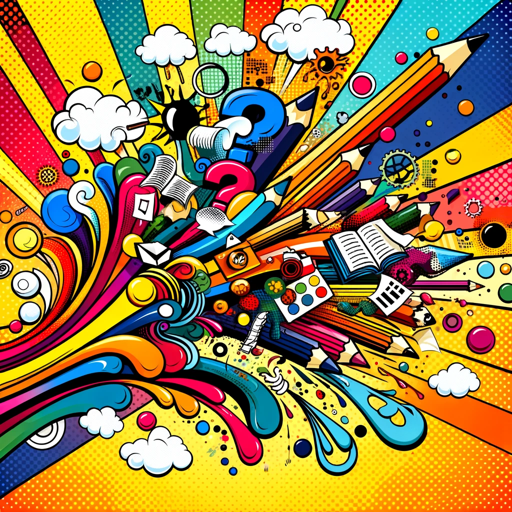
紫微斗数大师
Discover Your Destiny with AI-powered Zi Wei Dou Shu

Chat転生
AI-powered Interactive Fantasy Adventure.

Detail-Oriented Image and Face Specialist
AI-driven tool for precise facial image creation

Insta Guru
AI-Powered Instagram Growth

ぷらっとmapくん
AI-powered patent data visualization tool
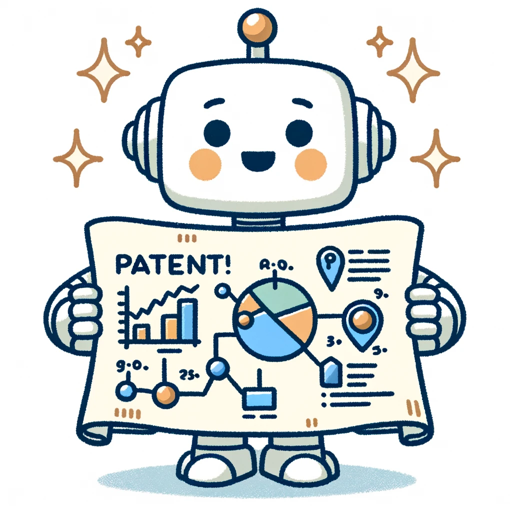
Disneyfy Yourself
Transform your photo into Disney magic with AI.
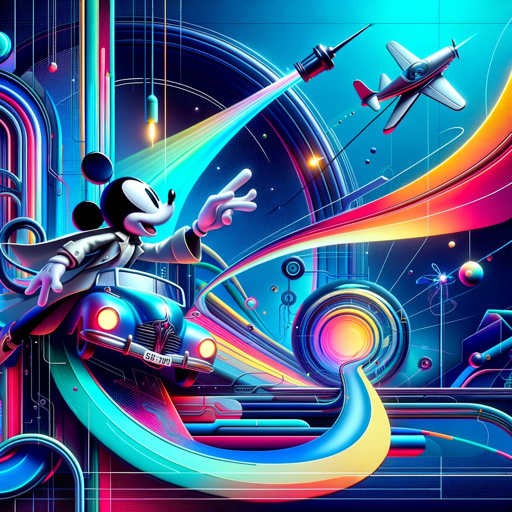
- Social Media
- Product Design
- Creative Art
- Marketing Design
- Concept Visualization
Detailed Q&A about プロンプトデザインGPTs
What is プロンプトデザインGPTs used for?
プロンプトデザインGPTs is used to refine abstract or vague image descriptions into high-quality, detailed prompts optimized for DALL·E-3. It helps users turn creative ideas into concrete prompts that result in clear, visually compelling images.
Can I use プロンプトデザインGPTs without having advanced technical skills?
Yes, the tool is designed to be user-friendly. It guides you through the process of turning abstract inputs into detailed prompts without requiring technical expertise. Whether you're a beginner or a professional, you can effectively use it to generate high-quality prompts.
What are common use cases for プロンプトデザインGPTs?
Common use cases include creating marketing visuals, generating art concepts, designing social media content, brainstorming new product designs, and visualizing academic or educational ideas. It’s versatile and adaptable to various creative needs.
Does プロンプトデザインGPTs work with other image-generation models besides DALL·E-3?
While プロンプトデザインGPTs is optimized for DALL·E-3, the prompts it generates can be adapted for use with other AI image-generation models, provided those models accept text-based prompts with similar structures.
How can I ensure the best results when using プロンプトデザインGPTs?
For the best results, provide clear, although abstract, initial inputs. Experiment with different variables such as scene details, style, and object characteristics to refine the prompts further. Review the platform's examples for guidance on optimizing your input.